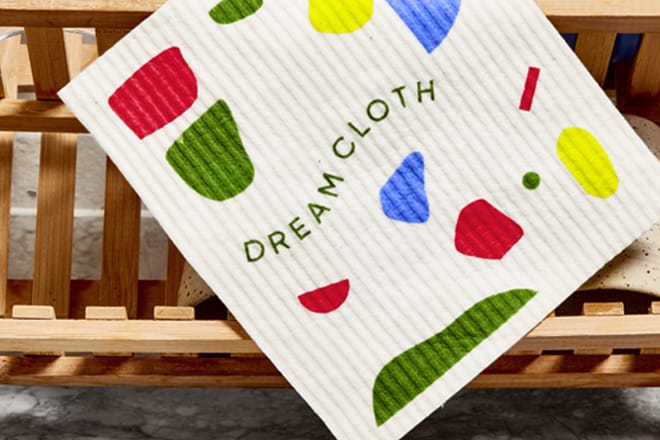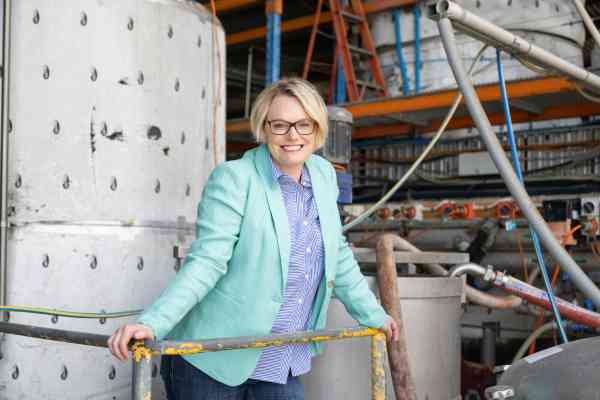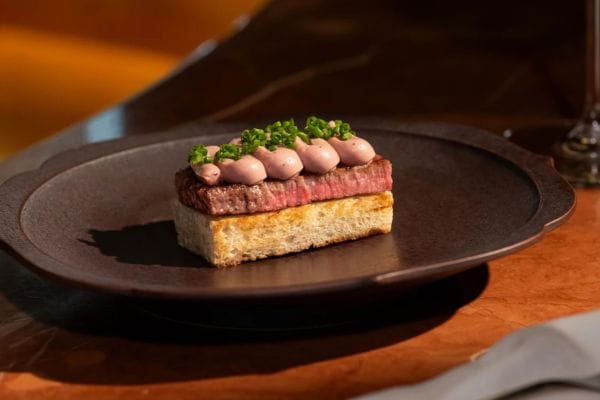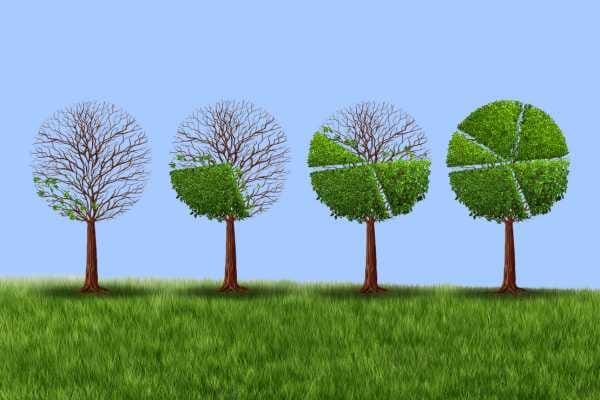Dream of ditching paper-towels?
Could this humble dishcloth be the next Swedish export to take the rest of the world by storm?

Could a humble dishcloth be the next Swedish export to take the world by storm?
The so-called Swedish dishcloth made from wood pulp and cotton has been in common usage in Scandinavian kitchens for more than 70 years.
Now thanks to the dishcloth’s plant-based, biodegradable credentials, sustainable product companies have caught on and are rolling out their own variants across the globe.
Australian enviro-toilet roll company Who Gives a Crap, for example, last month launched its own Swedish dishcloth range which it calls the ‘Dream Cloth’ to help consumers cut their consumption of paper towels.
“Our new Dream Cloth is the final answer to stinky sponges, wasteful paper towel and rags that never dry. It’s the all-in-one wiper, scrubber, crumb collector. It’s a humble blend of cellulose and cotton to create something so much more useful than the sum of its parts,” the company says. “If you think it sounds a lot like a Swedish dishcloth, you’re right.”
In July 2012, founders Simon Griffiths, Jehan Ratnatunga and Danny Alexander launched Who Gives A Crap after successfully raising $50,000 on crowdfunding campaign on IndieGoGo. They now donate 50% of their profits to help build toilets and improve sanitation in the developing world.
"Our new Dream Cloth is the final answer to stinky sponges, wasteful paper towel and rags that never dry."

According to Swedish dishcloth makers, unlike their paper-based rivals, these cloths can be reused up to 100 times, and last up to a year, potentially replacing more than 15 rolls of paper towels. They can also be thrown in the washing machine or dishwasher for reuse.
They also say these cloths are suited to general wiping up and light cleaning, and can be used on a variety of surfaces including pots, benches and windows.
But unlike rival sponges, which often contain plastic, their mixture of sustainable cotton and cellulose give these dishcloths a number of other advantages. They are highly absorbent compared to traditional dishcloths, they also dry out in a couple of hours providing better hygiene and less smell, and they are biodegradable and compostable so they won’t end up in landfill.
The tech
Swedish dishcloths were invented in 1949 by the Swedish engineer Curt Lindquist, and are made of all-natural materials – 30% cotton and 70% natural cellulose. The cellulose (wood pulp) comes from FSC-marked forest and repurposed waste cotton from the textile industry. When used together these can absorb around 15 times their own weight in water. Also, the quick drying material helps to minimise bacteria and odours. They are also 100% biodegradable and fully compostable and decompose in 6 to 8 weeks.





